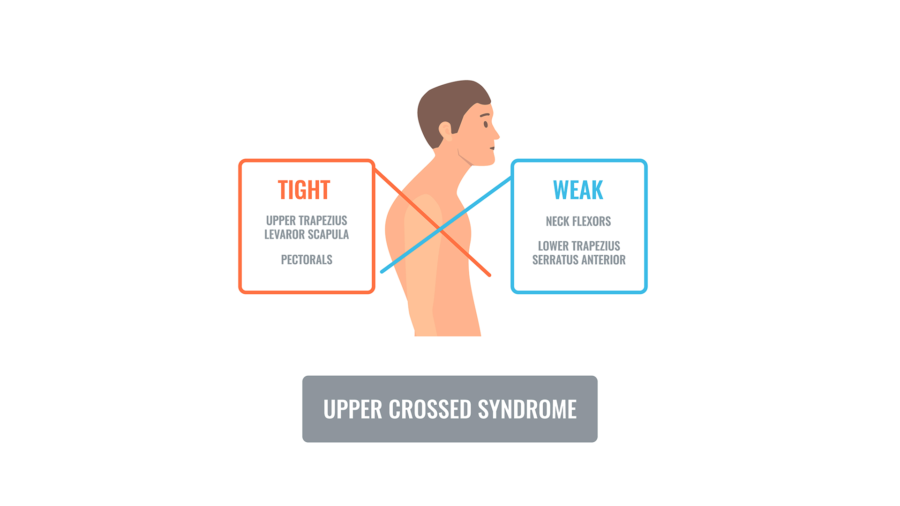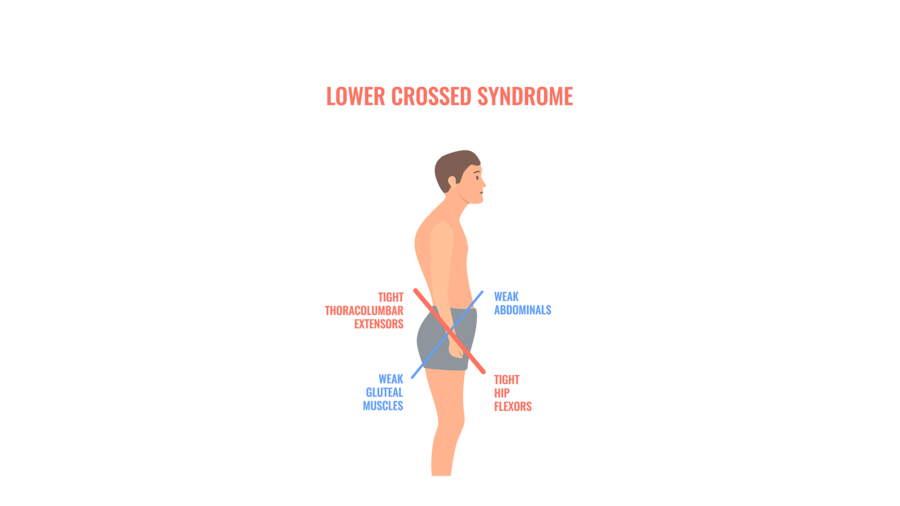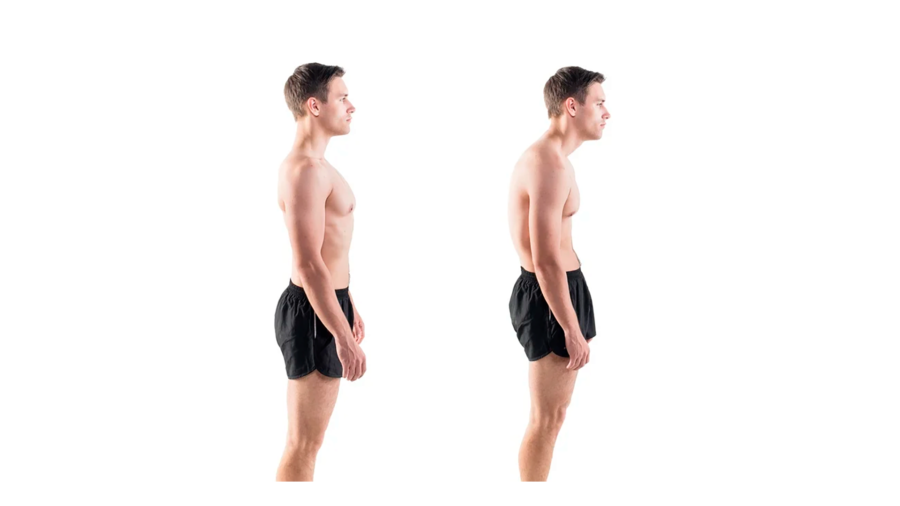Postural Exercises to Improve Desk Job Health and Reduce Sedentary Strain
Modern work often keeps us glued to our desks for hours at a time, and while technology has made us more connected, it has also made us more sedentary. Globally, about 31% of adults are physically inactive, and an average person spends 5.8 to 6.3 hours of desk sitting daily during working years.
These statistics simply mean that as a species, we are deviating from our natural design: to keep moving, surpass our limitations, and achieve peak performance. Long periods of sitting can tighten your hips, round your shoulders, and strain your lower back, leading to poor posture, nagging aches, and even long-term health risks.
The truth is, you don’t have to hire an expensive coach or physiotherapist to undo the damage of a sedentary lifestyle to your posture.
In this article, we will show you practical, time-friendly exercises and strategies designed specifically for people with desk jobs. Whether you’re working from home or in an office setting, these posture fixes will help you stay productive without sacrificing your health.
Posture is more than just standing tall or looking confident. It directly affects how your body functions on a day-to-day basis. Poor posture from hours of sitting can compress your lungs, limit oxygen flow, and lead to fatigue more quickly. Over time, slouching weakens your core and back muscles, which increases your risk of chronic pain.
More importantly, posture also influences how you think and feel. Research indicates that sitting upright can enhance concentration, improve mood, and reduce stress levels. Quickly fixing your slouched posture and keeping your head held high during conversation can positively affect your confidence and decrease anxiety.
It’s obvious that sitting for long periods of time can make your muscles and joints feel stiff. But even worse, it actually reshapes the way your muscles function.
When you remain in a seated, hunched-forward position for hours, your body adapts to that posture, leading to what’s known as the Upper Cross Syndrome (UCS) and Lower Cross Syndrome (LCS). These two patterns of muscular imbalance are the most common outcomes of a sedentary desk job or lifestyle of computer or console gaming.
Note that not everyone who has a desk job has upper cross syndrome or lower cross syndrome, but it’s important to identify if you have them or if you are starting to develop one. These postural imbalances can lead to nerve impingements, sciatica, muscle spasms, tout bands, being prone to neck strain or hip strain, spinal arthritis, or collapse of a vertebra in later stages of life.
Upper Cross Syndrome happens when the chest and upper trapezius muscles become tight, while the deep neck flexors and mid-back muscles grow weak. This creates a forward head posture, rounded shoulders, and constant tension in the neck and shoulders. The imbalance compresses cervical joints, reduces blood flow, and often leads to headaches, shoulder impingement, and chronic neck pain.
Lower Cross Syndrome occurs when hip flexors and lower back muscles become shortened and overactive, while the glutes and core muscles weaken. The result is an exaggerated arch in the lower back, weak pelvic stability, and inefficient movement mechanics. Over time, this imbalance puts stress on the lumbar spine, leading to low back pain, reduced hip mobility, and even issues like sciatica.
Together, they create a cascade of muscular and joint dysfunction that impacts breathing, energy, and even how well you move outside of work. Left unchecked, the consequences are not only discomfort but long-term damage to your musculoskeletal health.
Improving and even reversing your posture isn’t just about “sitting up straight”. You need to stretch the tight muscles and strengthen the weak ones caused by long hours at a desk. The key is to undo the muscle imbalances.
Before starting these exercises, assess your resting posture. Ask someone to take a side-view photo of you standing naturally, without flexing or tensing your muscles.
From here, you’ll get an idea of which muscles you should work on. Keep in mind that this is not a substitute for any professional assessment by a physiotherapist or sports scientist. This is only meant to help you get started.
Problem: Tight chest and upper traps, weak deep neck flexors, and mid-back muscles.
Goal: Stretch what’s tight, strengthen what’s weak.
As your chest muscles become tighter, they pull on your shoulder joint, resulting in rounded shoulders and a slouched posture. The weakness in the deep neck flexors also leads to forward head posture, making your upper back and neck muscles work extra hard to support the weight of your head.
| Stretching | |
| Chest opener stretch | 30 seconds hold x 3 sets |
| Upper trapezius stretch | 20–30 seconds each side x 3 sets |
| Levator scapula stretch | 20-30 seconds each side x 3 sets |
| Thoracic Spine Extension on Foam Roller | Hold for 20-30 seconds x 3 sets |
| Y stretch | Hold for 20-30 seconds x 3 sets |
| Strengthening | |
| Face pulls | 3 sets x 15 reps |
| Seated or bent-over reverse fly | 3 sets x 15 reps |
| Chin tucks | 10 seconds hold x 10 reps |
| Scapular wall slide | 3 sets x 12 reps |
| Prone YTWs | 3 sets x 10 reps |
Here’s a workout plan for women you can combine with your posture exercises:
Here’s a workout plan for men you can combine with your posture exercises:
Problem: Tight hip flexors and lower back, weak glutes, and deep core.
Goal: Stretch what’s tight, strengthen what’s weak.
A sedentary lifestyle makes your glute muscles weak, leading to a flat butt and back profile. Beyond aesthetics, this also leads to lower back pain and spinal issues in the long run. Strengthening your glutes and building your muscles around that area will not only improve your overall physique but also enhance your physical performance in sports and other functional activities. For targeted exercises, give the Glute-Ham Developer (GHD) machine a try.
| Stretching | |
| Hip flexor stretch | 30 seconds hold per side x 3 sets |
| Piriformis Stretch | 30 seconds hold per side x 3 sets |
| Child’s pose with side reach | Hold for 30 seconds on each side |
| Hamstring stretch | 30 seconds hold per side x 3 sets |
| Cat-cow stretch | 3 sets x 10 reps |
| Strengthening | |
| Glute Bridges | 3 sets x 15 reps |
| Bird-dog | 3 sets x 15 reps |
| Dead bug | 3 sets x 15 reps |
| Clamshells | 3 sets x 15 reps |
| Romanian deadlift | 3 sets x 10 reps |
The most effective way to counter the effects of a sedentary desk job and lifestyle is simple — move more. While reducing screen time is ideal, the reality is that most of us cannot escape long hours at the computer. That’s where movement snacks come in. These are short, intentional bursts of activity you can sprinkle throughout your day to keep your body active and your posture in check.
Think of movement snacks as the physical equivalent of hydration breaks: quick, easy, and essential. Just a few minutes of stretching, walking, or light mobility drills every hour can improve blood circulation, reduce stiffness, and prevent the buildup of muscular imbalances like those seen in upper and lower cross syndromes. Over time, these small, consistent breaks do more for your posture, energy, and long-term health than one big workout at the end of the day.
Other tips:
- Stand and walk every 2 hours of sitting
- Use a standing desk when working
Your desk job does not have to define your health or your posture. The truth is, poor posture and the aches that come with sitting too long are not inevitable. They are results of habits, and habits can be reshaped and unlearned. By integrating corrective exercises, stretches, and simple movement snacks into your day, you are reclaiming control over how your body feels and functions, even in a sedentary environment.
In any job, business, or endeavor, your physical health is your capital. You are trading your health for your work, and that’s the way it is. But the trade does not have to be one-sided. Our body is designed to adapt. If you protect and strengthen your body through intentional movement, good posture, and smart recovery, you can overcome the physical demands of your work and lifestyle.



